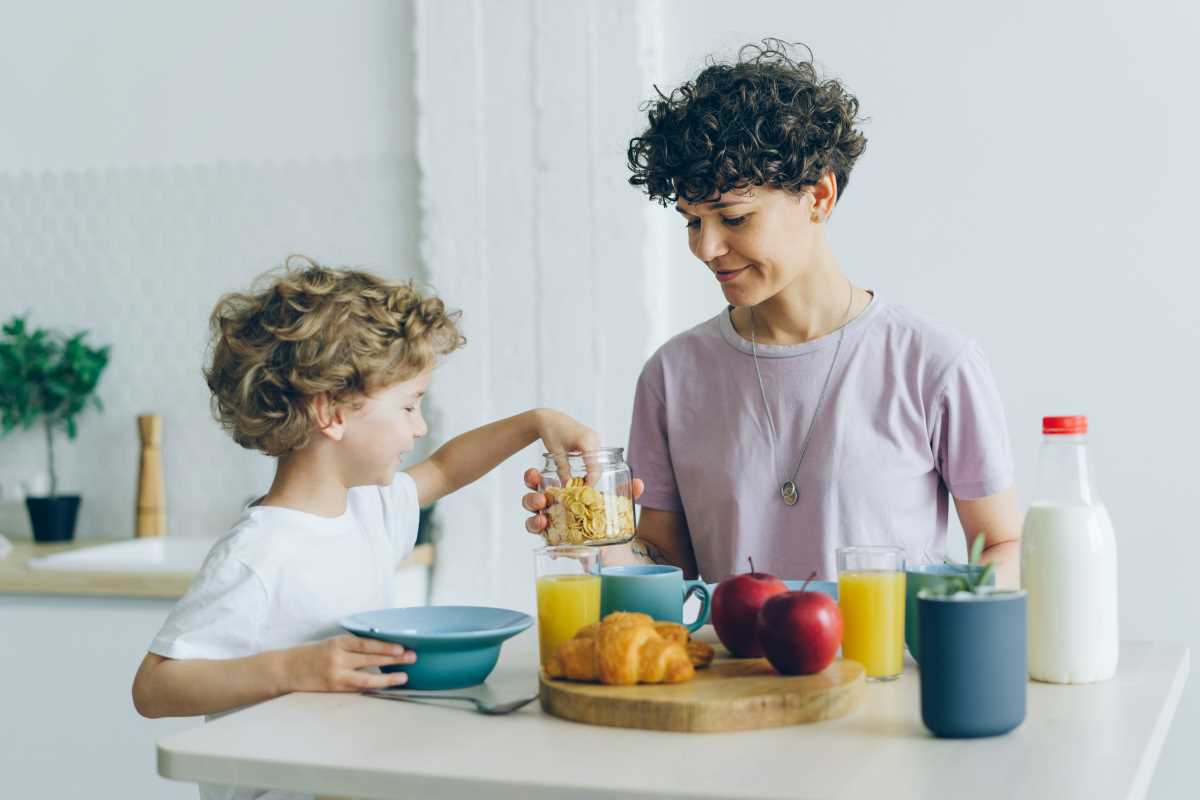The idea of inviting your children to "help" in the kitchen often conjures images straight out of a disaster movie. You picture flour dusting every surface like a fine layer of volcanic ash, eggshells crunching underfoot, and a small, sticky human who has somehow managed to get more batter on their eyebrows than in the bowl. It’s a beautiful, Norman Rockwell-esque vision in theory, but the reality can feel like you’ve willingly invited a tiny, chaotic tornado into the most functional room of your house.
But here’s the secret: getting kids involved in the kitchen doesn’t have to end in tears (yours or theirs). With the right approach, cooking together can be one of the most rewarding, fun, and educational experiences you can share as a family. It’s a chance to teach them valuable life skills, from basic math to nutrition, all while making memories. The key is to manage your expectations, embrace a little mess, and turn the process into a game rather than a chore. By shifting your mindset from "getting dinner made quickly" to "enjoying the process together," you can transform the kitchen from a forbidden zone into the heart of your home.
Start Small and Safe
The quickest way to turn a child off cooking forever is to hand them a task that is either terrifyingly difficult or mind-numbingly boring. The art of kitchen delegation lies in mastering the age-appropriate task. For a toddler, "helping" might mean washing vegetables in a bowl of water (which doubles as a sensory activity), stirring a bowl of dry ingredients, or simply tearing lettuce for a salad. These small, manageable jobs give them a sense of purpose and involvement without putting them anywhere near a hot stove or a sharp knife.
As kids get older, their responsibilities can evolve. An elementary-aged child can graduate to measuring ingredients, cracking eggs into a separate bowl (a crucial pro-tip to avoid fishing out shells from your cake batter), and using a butter knife to cut soft foods. The goal is to build their confidence step-by-step. By giving them tasks they can successfully complete, you empower them and make them feel like a genuine contributor to the meal. It builds a foundation of skills and, more importantly, a positive association with being in the kitchen.
Give Them Ownership and a Choice
No one, not even a five-year-old, likes being a mindless drone who only follows orders. To get kids truly engaged, you need to give them a sense of ownership over the culinary process. This can start long before you ever preheat the oven. Let them have a say in what you’re making. Instead of just announcing that it’s meatloaf night, offer a choice: "Should we make tacos or spaghetti for dinner tonight?" This simple act of giving them a vote makes them feel invested in the outcome.
Once you’re in the kitchen, continue to offer small choices that give them control. "Should we add broccoli or carrots to the pasta?" "Do you want to use the dinosaur-shaped cookie cutter or the star-shaped one?" This doesn’t mean letting them decide to put gummy bears in the lasagna. It means providing limited, parent-approved options that allow them to inject their own personality into the meal. When a child feels like their choices matter, they are far more likely to be excited about both the process and the final product, and they’re much more likely to eat the broccoli they personally chose to include.
Make it Fun and Forget Perfection
This is perhaps the most important rule of cooking with kids: lower your standards. Radically. The kitchen is not going to stay pristine. Some flour will end up on the floor. An egg might be dropped. The cookies might be lopsided. If you are constantly correcting them, worrying about the mess, and striving for a perfect outcome, you will suck all the joy out of the experience. You have to embrace the chaos and lean into the fun.
Turn the kitchen into a playground. Put on some music and have a dance party while you stir. Give tasks silly names, call yourselves "potion masters" while mixing ingredients or "dough-punching superheroes" while kneading bread. Let them wear a funny apron or a chef's hat. The mess can be cleaned up later. The goal here is not to produce a Michelin-starred meal; it’s to create a positive, joyful memory. When kids associate the kitchen with laughter and fun, they will beg to come back and help again.
Equip Them with Their Own Tools
There’s something magical about having your own set of tools. It makes you feel legitimate, professional, and important. Giving kids their own kid-safe kitchen equipment can dramatically increase their enthusiasm for helping. These tools are specifically designed for small hands and developing motor skills, which not only makes tasks easier for them but also safer. It signals to them that they are a trusted and valued member of the kitchen crew, not just a visitor playing with adult things.
Investing in a few key pieces can make a world of difference. They don't have to be expensive, but having their "own" versions of what you use is incredibly empowering.
- Kid-Safe Knives: These are often made of nylon or have serrated plastic edges that can cut through fruits and vegetables but are not sharp enough to easily cut skin. This is a game-changer for letting them help with prep work.
- A Small Rolling Pin: A miniature rolling pin is much easier for a child to handle than a full-sized, heavy one, giving them more control when rolling out cookie or pizza dough.
- Mini Measuring Cups and Spoons: Brightly colored, easy-to-read measuring tools make the task of measuring ingredients more like a fun game.
- A Sturdy Step Stool or Learning Tower: Bringing kids up to counter height safely is essential. A learning tower with safety rails is a fantastic investment for toddlers, as it allows them to stand and work securely.
- Their Own Mixing Bowl and Spatula: Having a small, lightweight bowl that is just theirs can give them a huge sense of pride and ownership over their part of the recipe.
Let Them Taste and Enjoy the Fruits of Their Labor
The grand finale of any cooking adventure is getting to eat the food. This is the ultimate payoff for their hard work. Make a big deal out of serving the dish they helped create. Let them be the one to announce, "Dinner is ready!" and proudly tell everyone at the table, "I helped make the salad!" This moment of recognition is a huge confidence booster and reinforces the value of their contribution.
This is also a secret weapon against picky eating. A child who has turned their nose up at green beans a hundred times may miraculously decide they are delicious if they were the one who washed them and helped snap the ends off. When kids are involved in the preparation of their food, they have a connection to it. They are more curious, more invested, and far more likely to try something new. The pride of eating something they helped create is a powerful motivator, turning a meal from a potential battleground into a shared, delicious victory.
 (Image via
(Image via




